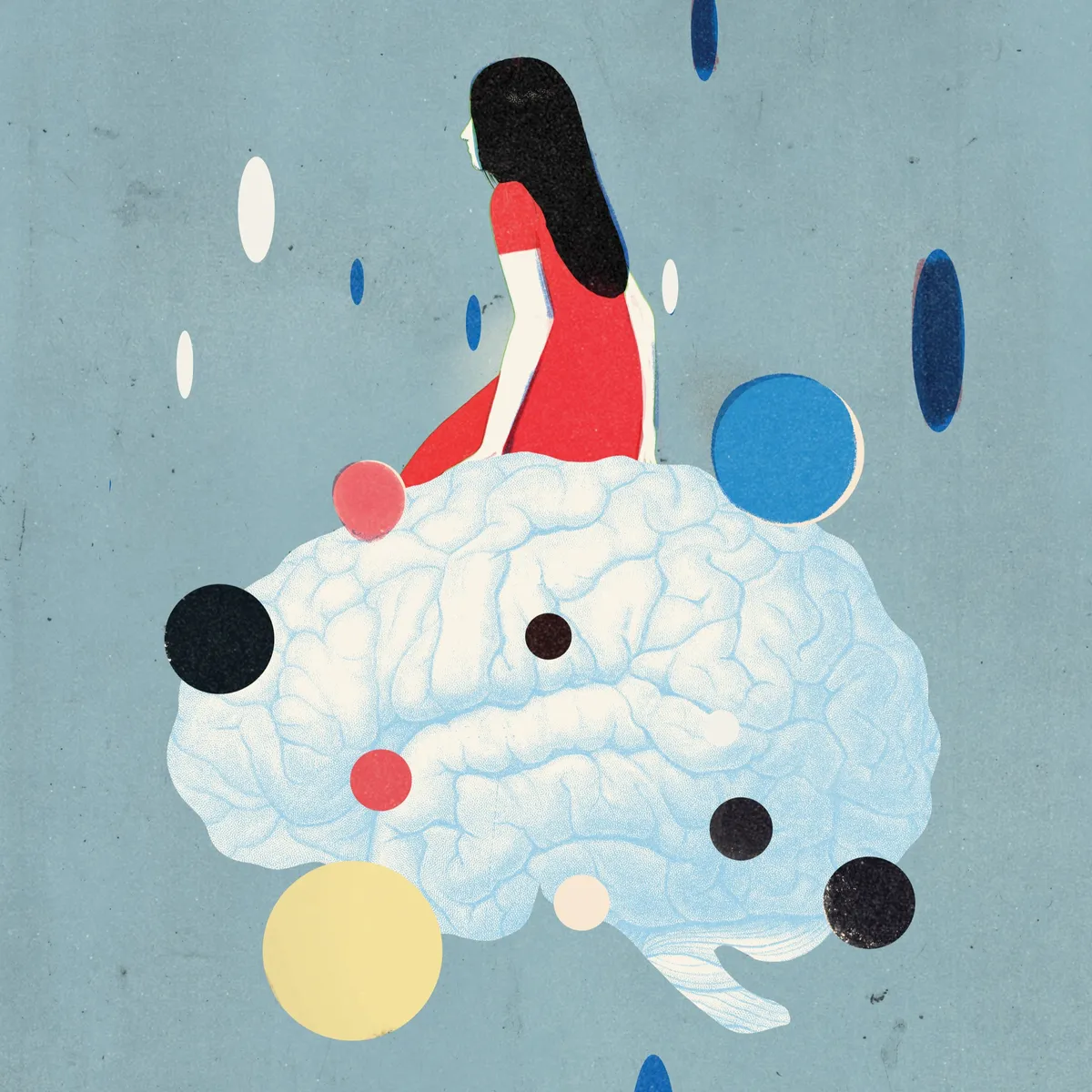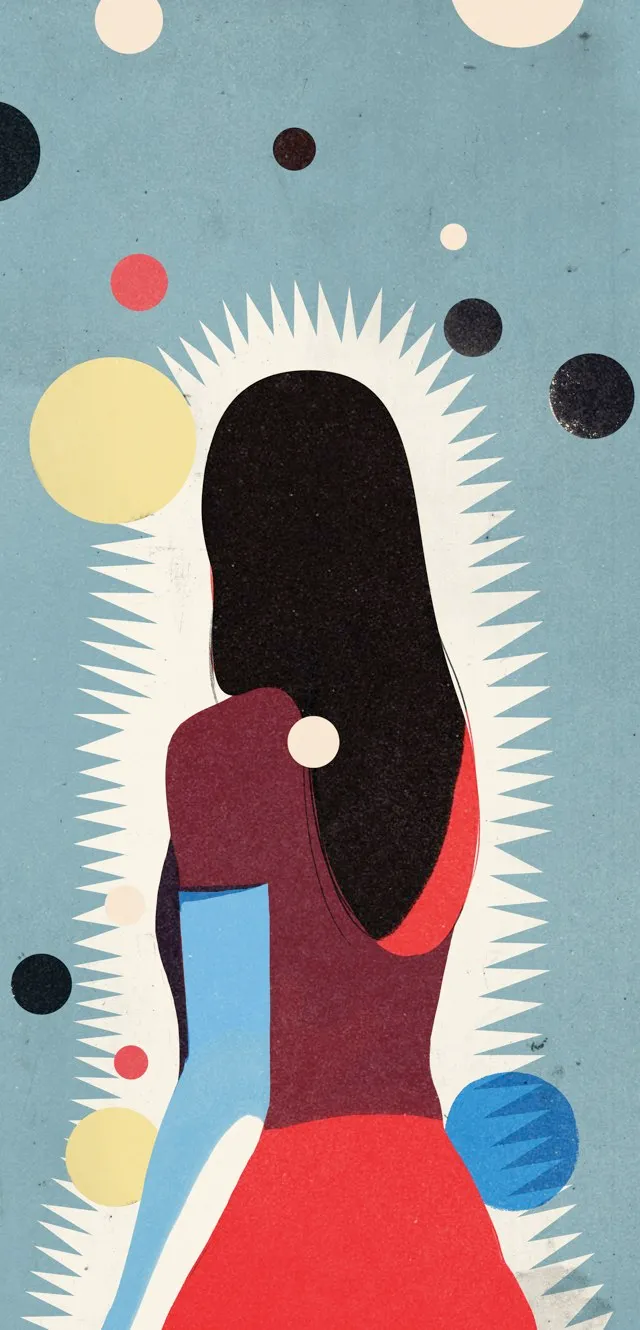There are some young people who are lost to the world. They are locked in a state of slumber, consumed by sleep for 15 to 20 hours each day, sometimes more. Then they finally open their eyes, only to speak monosyllabically or in muddled sentences. In these windows of semi-wakefulness, they sometimes lash out if disturbed, or regress to infancy, clapping their hands and singing nursery rhymes. But soon, somnolence inevitably returns.
Eventually, the spell is broken – but by now, weeks or even months have passed. They awaken fully, usually remembering little or nothing of the time they’ve lost. But their journey isn’t over. Another episode will almost certainly follow, on average three months later but often much sooner than that.
Discover more about sleep disorders:
- Why we still don’t understand sleep, and why it matters
- “You’re in a crumpled heap on the floor, laughing your head off inside, but you just look asleep or dead”
This is Kleine-Levin Syndrome (KLS), a rare and debilitating brain disorder that affects between two and five people in a million, and is sometimes nicknamed ‘Sleeping Beauty' syndrome as patients behave like real-life 'sleeping beauties' from the children's story. Usually beginning in childhood and adolescence, the youngest reported patient was four years old.
Megan Firth from Oxfordshire, now an 18-year-old law student, developed KLS symptoms aged 13 and had nine episodes last year alone. The most distressing symptom for her isn’t sleepiness; instead it’s derealisation – a dream-like sense of detachment from her surroundings – that can last for days or weeks at a time. Derealisation affects over 90 per cent of KLS patients.
“That’s the part I find most scary,” she says. “It kind of feels like you’re in a bubble and I find it quite hard to tell the difference between what’s real and what I dreamt.” Others report a similar sense of estrangement from their environment or from themselves – they count their fingers to convince themselves of their existence, or fail to recognise their own reflection. They cannot feel water, even as they watch it drip onto their skin, despite it being hot enough to scald. They see a speaker’s mouth move but hear their words out of sync, like they’re watching a badly dubbed movie. Correspondingly, brain scans in some patients show decreased activity in the regions that integrate auditory, visual, and sensory information.
Two-thirds eat more, even stealing food or searching for it in dustbins
Megan’s mother, Emma, describes another typical KLS symptom during episodes: apathy. “She basically stops communicating with the world. She stops connecting with her friends by phone, she doesn’t want to go out. We’ve a lot of photos of the family going around doing whatever they’re doing and in the background is Megan, fast asleep on a sofa.”
Some patients with Kleine-Levin Syndrome become radically disinhibited, developing a voracious appetite for food known as hyperphagia. Two-thirds eat more – compulsively so, even stealing food or searching for it in dustbins. One drank several bottles of blackberry syrup each day. Another reported: “I would eat four or five peanut butter and jelly sandwiches – without even chewing – very fast, then would start to fall asleep again with food still in my mouth.” Unsurprisingly rapid weight gain is a feature of KLS (an average of 4.6kg per episode, but even up to 13.5kg in some). Disinhibition can also declare itself through hypersexuality. Some masturbate in public (“to the point of bleeding”, said one), expose themselves, or make unwanted sexual advances.

Repetitive compulsive behaviours also feature. “Megan used to watch box sets of Charmed and Miranda again and again, and films like Love, Actually,” recalls Emma. “She actually wore out the Charmed box sets.”
One patient became a habitual fire-starter and another wrote continuously on the soles of his feet. Others pace relentlessly, rock back and forth or pull at their hair.
Tricky diagnosis
Despite these classic features, getting a correct diagnosis is fraught with difficulty, as Megan discovered. For one thing, there’s no specific test for KLS. Instead, it’s identified by its symptoms; that means doctors have to know about it to diagnose it. Teenagers are often labelled as being lazy, or are accused of trying to avoid exams. A mental health misdiagnosis is common, since depression and anxiety are prevalent in KLS, even between episodes. There have been at least two reports of suicide, and 15 per cent of patients describe suicidal thoughts. Some experience paranoia that they’re being watched or about to be eaten, or have hallucinations of snakes, bears and dead bodies, which leads to a misdiagnosis of schizophrenia.
A clinical sleep study, which records brain activity, blood oxygen levels, heart rate, breathing, and leg and eye movements during sleep, can support a diagnosis but cannot cement it. Functional brain imaging is usually limited to research settings and can be difficult to perform during KLS episodes, and may reveal nothing in any case (occasionally there is, however, decreased activity in the brain’s temporal and frontal lobes, thalamus and hypothalamus).

But if diagnosis is challenging, then understanding why KLS happens is even more so. There’s a precipitating factor in 89 per cent of cases – such as a flu-like illness, tonsillitis, sleep deprivation, or alcohol. Researchers think these might trigger an autoimmune and/or inflammatory cascade of events. Dr Guy Leschziner, consultant neurologist and sleep expert at the Sleep Disorders Centre at Guy’s and St Thomas’ Hospital in London, sees some similarities between KLS and other neurological immune disorders.
“In a few cases, inflammation in the brain has been found, although it remains uncertain if these cases were KLS or another disorder causing similar features,” he explains. “KLS remains a syndrome – a collection of clinical features – rather than a specific disease, and so we do not know if all patients have the same underlying cause. My own view is that some patients probably do have inflammation of the brain, while others have a channelopathy – a disorder of the ion channels that mediate electric impulses in the brain.”
There’s a genetic hypothesis, too, even though no specific ‘KLS gene’ has been identified so far and most cases are sporadic. All the same, up to 5 per cent of patients have an affected family member. We even know of two pairs of identical twins with KLS, and one family where a father, three sons and two daughters were affected. These genetic insights haven’t yet, however, led to any new treatments.
Not just lazy
When an episode occurs, Megan knows she must simply wait for it to subside, which is especially demanding when it seems interminable: a third of patients experience at least one episode that lasts for more than a month. Families are advised to keep their children at home (unless significant psychiatric manifestations warrant hospitalisation) and encourage them to drink frequently, and go to the toilet regularly to avoid kidney and bladder damage.
Some have said really dumb things over the years, along the lines of ‘Teenagers are just lazy’ or ‘tell her to wake up’
Other people’s perceptions of the disorder are particularly trying, says Emma. “Some have said really dumb things over the years, along the lines of ‘teenagers are just lazy’ or ‘just tell her to wake up’. We often used to say that if Megan had a plaster cast on her leg, no one would say, ‘can’t you just tell her get up and walk?’. When you’re struggling with a 14-year-old acting like a 6-year-old and wondering, ‘what if this episode doesn’t ever end?’, that’s really unhelpful.”
There’s no cure, despite doctors trialling hundreds of medications, electroconvulsive therapy, and even insulin-induced comas. Stimulants like modafanil can improve alertness, but they can also increase aggression and are ineffective against derealisation. Lithium could prevent episodes, but also has potential adverse side effects.
So why has a cure remained stubbornly out of reach? “We have no real inkling of the cause of KLS, which makes life very difficult,” Leschziner explains. “The major reason, however, is its rarity. Getting sufficient numbers of patients into a randomised controlled trial to demonstrate a clear effect is nigh-on impossible,” he adds.
Listen to Science Focus Podcasts about sleep:
It’s also challenging to establish if a given treatment is truly what’s helping a patient, since the episodes are unpredictable and a KLS spell might have faded without it.
French researchers recently treated 26 patients experiencing episodes exceeding 30 days with high-dose intravenous steroids, which dampen down innate immune and inflammatory responses. The steroids shortened sleeping episodes by up to 11 days in 42 per cent of patients. But this was a retrospective review, not a placebo-controlled randomised trial. Steroids also have significant risks, especially with frequent or prolonged use. Nonetheless, it’s progress for a condition marked by a dearth of research since it was first described in 1862.
Staying optimistic
Megan remains hopeful for her future. KLS often dissipates over time: the median length of time to be afflicted with Sleeping Beauty syndrome is around 15 years, although some 15 per cent of sufferers remain affected even 20 years after onset.
Leschziner is also optimistic about the future of KLS research, referring to recent renewed scientific interest in understanding its genetic and biochemical changes. Some of this research is in its early stages. but maybe one day the spell of KLS will be lifted.
Emma says of her daughter: “Even before she had KLS, I’d like to think we have instilled in her that nothing is impossible.” Perhaps, for Megan and many others, a future without Kleine-Levin Syndrome isn’t impossible, either.
Follow Science Focus onTwitter,Facebook, Instagramand Flipboard
